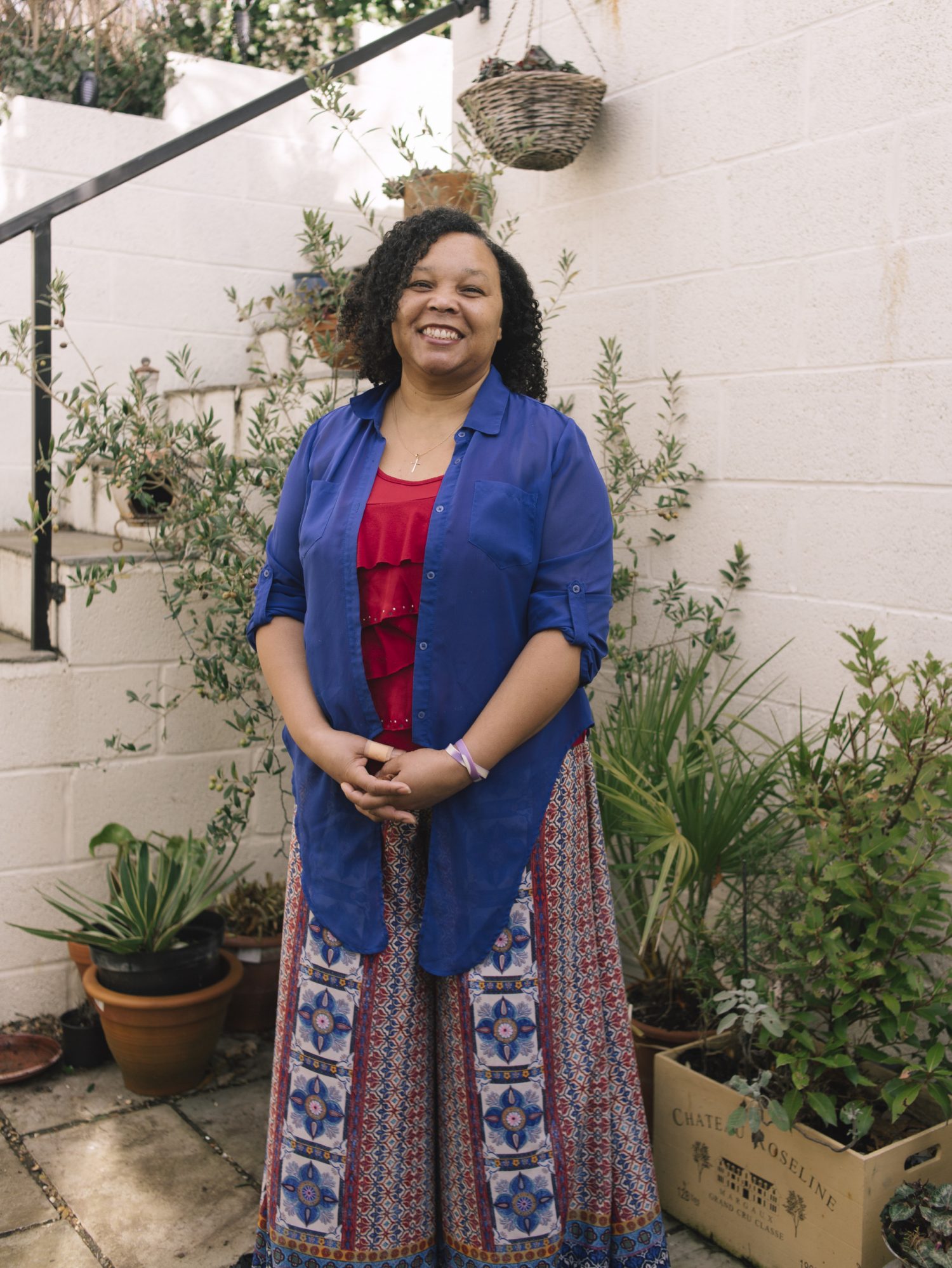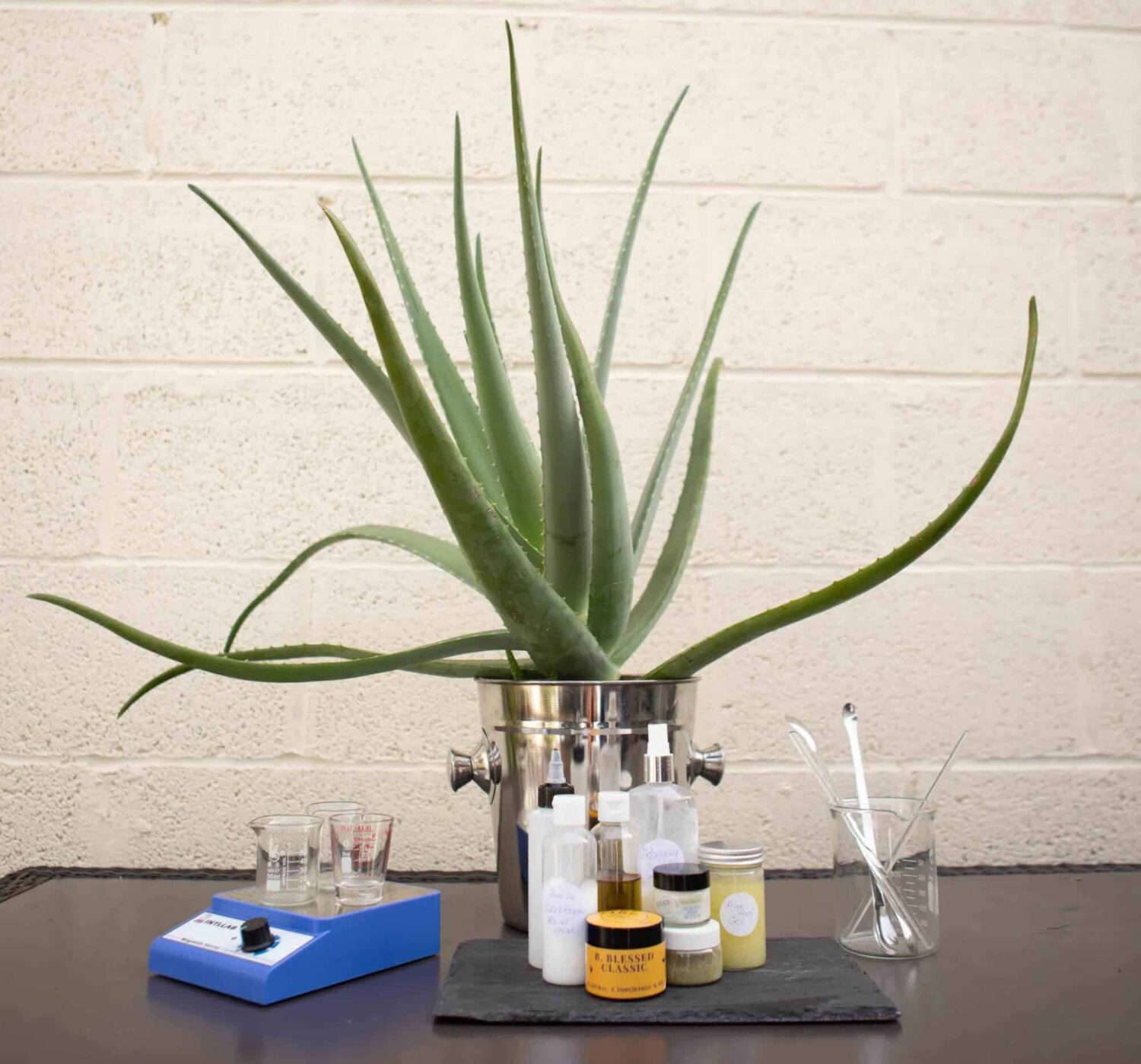Taking stock of locks: everything you need to know about natural haircare
Natural hair care is the next frontier for people who want to get back to beauty basics. Making your own may not be as easy as mixing coconut oil and lavender and calling it a conditioner, but it is possible.
“I made my first deep conditioner with yogurt, honey, and eggs,” says Montreece Soares, thinking back to 2013, when she began experimenting with creating her own hair care products at home.
Soares, based in Buckinghamshire, who lived in the US At the time, she was unhappy with the condition of her hair as it seemed slow to grow and prone to breakage. He couldn’t afford the expensive treatments, so he began researching home-made alternatives. “I have low porosity hair, which means that it has trouble retaining moisture,” he explains.
After watching many YouTube videos, she came up with a hair sealing formula, which today is the first product in her new natural hair care line. Dare to be natural. It is made from shea butter, jojoba oil, olive oil, sweet almond oil, and vitamin E.
Soares is part of a growing trend to get back to beauty basics: According to Euromonitor International, more than 40 percent of global ‘beauty consumers’ use a DIY product on a monthly basis, and the demand for natural and organic cosmetics is increasing similarly.

“I made my first deep conditioner with yogurt, honey, and eggs,” says Soares. Image: Karis Beaumont
While DIYers tend to lean toward home skin care as a first stop, interest in natural hair care is growing as well. It tends to be more complex, experts note, but with a little research, instruction, and the right ingredients and equipment, it can be a fun and instructive process. Soares was initially self-taught, but has since completed the School of Natural Skin CareDiploma in Natural Formulation for Hair Care, which has helped him solidify his knowledge and has given him the confidence to market his own products.
Hair division: the small details
Tina Svetek, a biotechnologist and formulation tutor at the School of Natural Skincare, explains that hair is more sensitive to pH levels than skin, so finding a balance is important. While normal skin can more or less rebalance its pH if exposed to something slightly too acidic or alkaline, a strong soap, for example, hair is less responsive.
Hair is generally happier with slightly acidic products; hair shaft cuticles, like scales, will split open after being exposed to something too alkaline. “This means that the hair is much more likely to break or tangle,” says Svetek. “It will also dry faster.”
Beyond kitchen cabinets, certified organic or natural ingredients can be sourced from specialist vendors. Soares plans to come up with a range of products for its line, including shampoos and conditioners, and recommends making a list of what you need for all of your recipes, as some suppliers have minimum order requirements.

Some products can be easily mixed, others require special ingredients. Image: Karis Beaumont
For those looking for more planet-friendly products, long ingredient lists with equally long names often don’t look good. But Svetek explains that even certified organic or natural products will have complex-sounding ingredients. For example, surfactants are what give shampoos their foaming and cleansing power. Coconut oil is commonly used, but it must be chemically processed to become a surfactant.
The resulting product is called sodium lauryl sulfoacetate. “It’s allowed in certified organic and natural ingredients, it’s derived from coconut, and while it sounds like a toxic chemical, it’s not,” says Svetek. Education on the nomenclature used in cosmetics is incorporated into the courses of the School of Natural Skin Care.
“One thing I like to tell people,” says Soares, “is that these names are not necessarily scary.” She recommends the CosIng database of the European Commission or cosmeticsinfo.org for more information on the ingredients and how they are used.
Although all ingredients in conventional hair care products have undergone rigorous safety testing, the industry is not known for prioritizing environmental sustainability. So those who are motivated to make their own to live more sustainably can feel comfortable with the high standards that certified organic and natural ingredients meet.
For example, Svetek explains that a chemical process called ethoxylation is sometimes carried out to make sodium lauryl sulfate, a harsh but effective surfactant sometimes found in conventional skin and hair products, less harsh. Subsequently, it is gentler on the skin, while still being very good at foaming and cleansing, but traces of a carcinogenic chemical can be released during ethoxylation. For this reason, ethoxylation is not allowed in the processing of certified organic and natural ingredients.
So relying on kitchen cupboard staples to make effective, pH-appropriate hair care products can be tricky, at least in terms of shampoo, but going the certified organic or natural route is one. option. Just prepare to get stuck. And, as long as your recipe is from a trusted source, some conditioning products, like hair masks, can be made with a few simple ingredients at home.
Lead Image: Park Street








